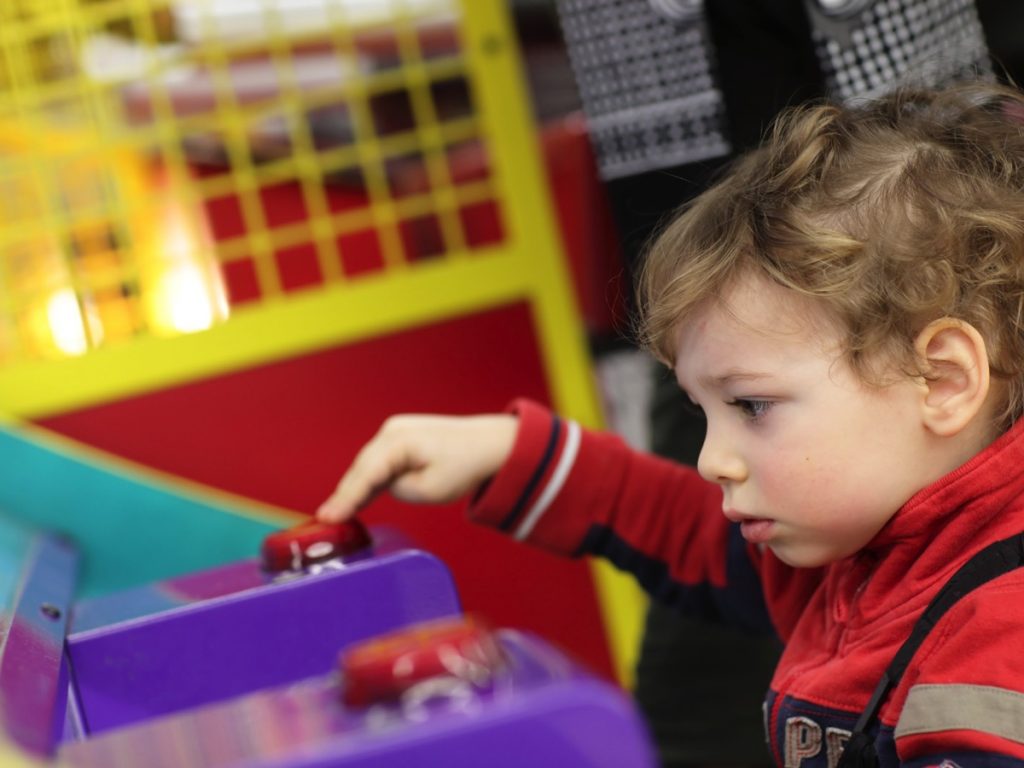
So far we have discussed how children learn cause-and-effect under clear-cut conditions. For example, when one thing always works and another never works. However, in our everyday lives, we make mistakes and our actions don’t always turn out how we want them to. For example, you might try to show your child how to push a button to make a toy turn on. But when you push the button, nothing happens. You realize that the batteries inside the toy are dead, but your child doesn’t know this. Does your child now think that there is no cause-and-effect relation between the button and the toy? Or, are children able to get past the imperfections of daily life, to pick up on the general patterns of cause-and-effect.
The video on the following page talks about how toddlers are able to learn about imperfect cause-and-effect relations. While watching, consider the imperfect causes and effects you encounter in your daily life and how you react to them. Try to imagine what those imperfect causes and effects might look like to a child.
-
- Intervention
- an action taken on something with the goal of bringing about an effect
- Spatial contact
- when two or more objects touch each other